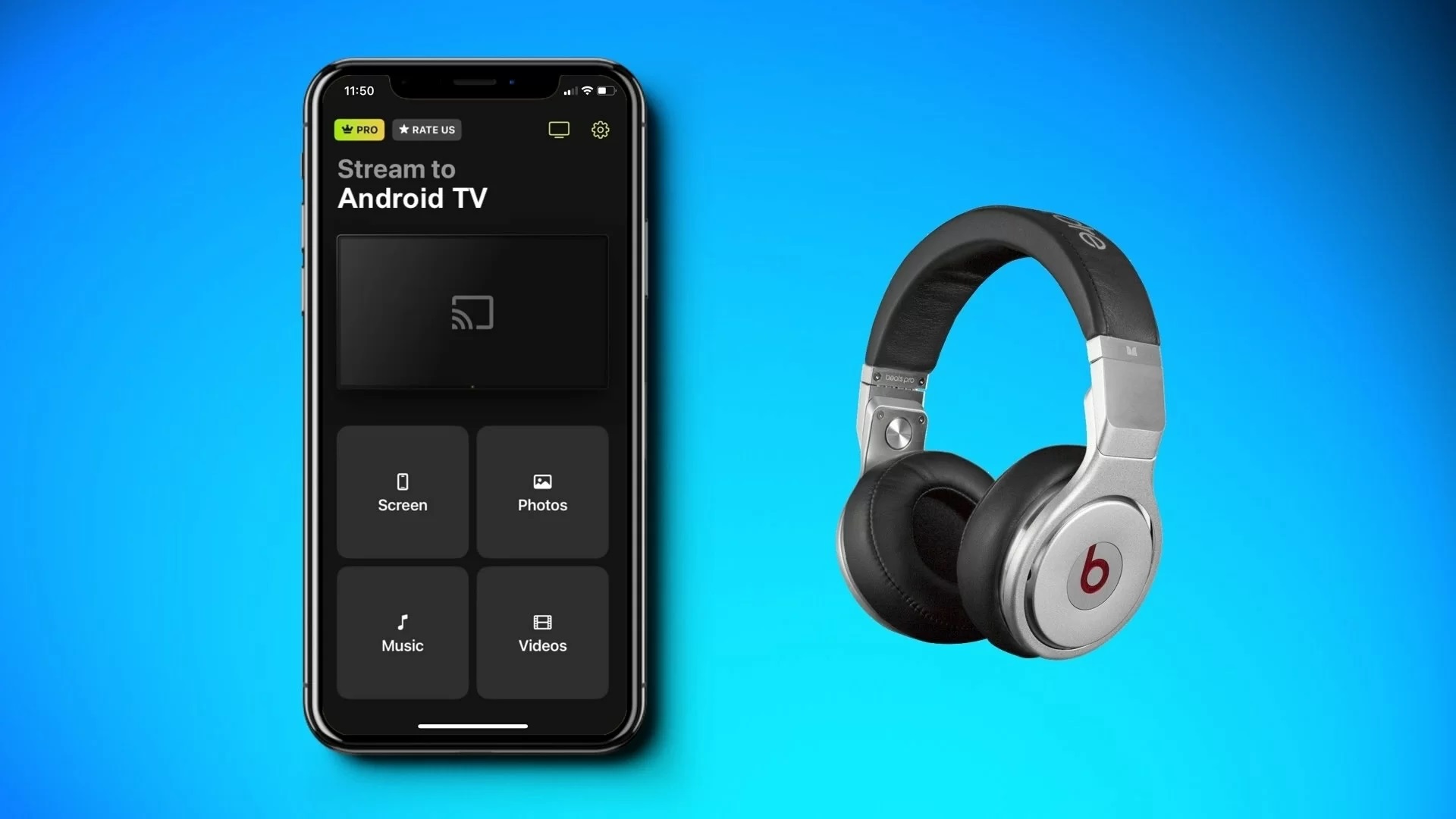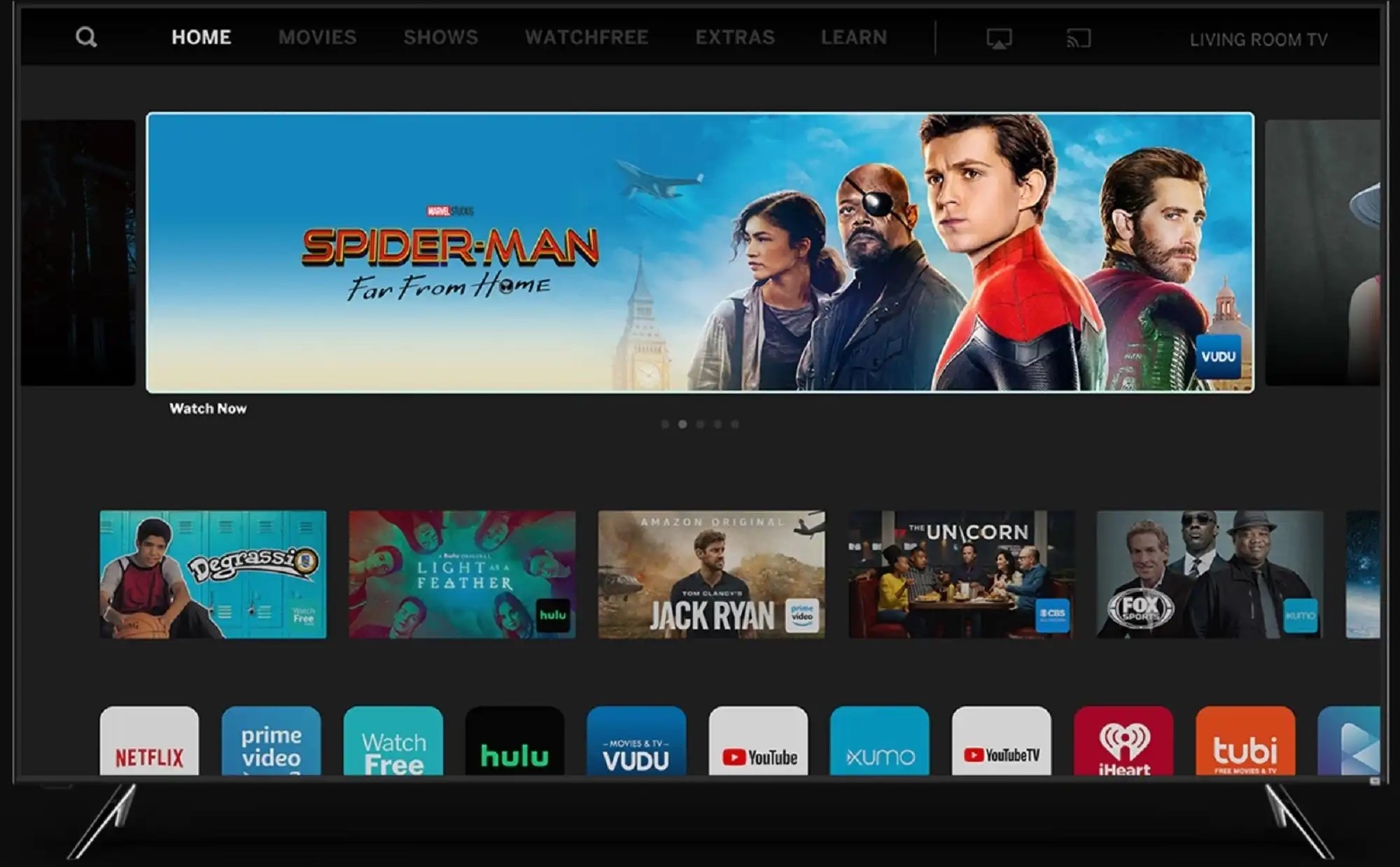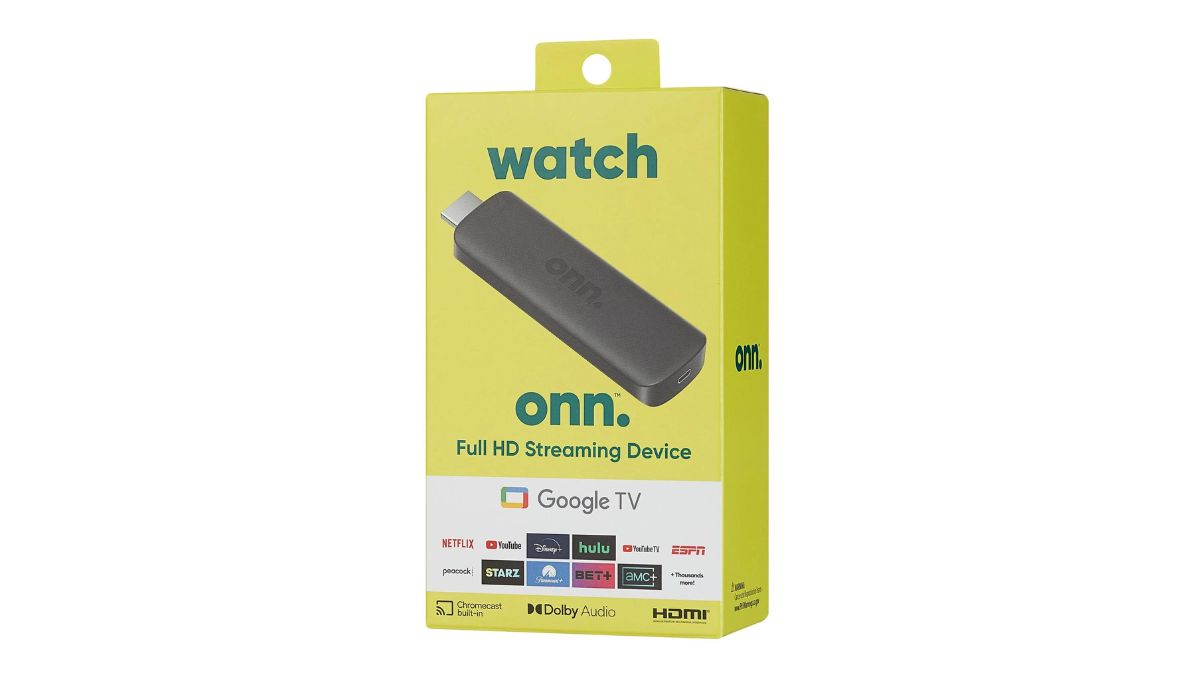Home>Reviews>Gadgets>Exploring the AirPlay Chromecast: A Comparison of Wireless Streaming Options


Gadgets
Exploring the AirPlay Chromecast: A Comparison of Wireless Streaming Options
Modified: September 5, 2024
Discover the best wireless streaming options for your gadgets with this in-depth comparison of AirPlay and Chromecast. Explore the features and benefits to find the perfect fit for your needs.
(Many of the links in this article redirect to a specific reviewed product. Your purchase of these products through affiliate links helps to generate commission for Techsplurge.com, at no extra cost. Learn more)
Table of Contents
Introduction to AirPlay and Chromecast
AirPlay
AirPlay, developed by Apple, enables streaming from Apple devices like iPhones, iPads, and Macs to Apple TVs, HomePods, and other AirPlay-enabled gadgets. Introduced in 2004, it has become a staple in Apple's ecosystem, supporting both audio and video streaming with seamless integration.
Chromecast
Google's Chromecast allows streaming from Android devices, iPhones, iPads, and web browsers to Chromecast-enabled devices. Launched in 2013, it has gained popularity for its affordability and broad compatibility, supporting both audio and video streaming.
Compatibility
AirPlay
- Seamless integration with Apple devices
- Easy streaming from iPhones, iPads, and Macs to Apple TVs and HomePods
- Limited compatibility with non-Apple devices
- Sparse official support for Android
Chromecast
- Works with a wide range of devices including Android phones, tablets, iPhones, iPads, and Chrome browsers
- Broad compatibility makes it attractive for users with multiple devices
- Supported by many third-party apps like YouTube, Spotify, Netflix, and Hulu
Functionality
AirPlay
- Simple and easy to use
- Initiate streaming by selecting the AirPlay icon in the control center
- Supports multiroom audio with Apple HomePods
- Limited to Apple's ecosystem
Chromecast
- Flexible and customizable experience
- Initiate streaming via the Google Home app
- Supports multiroom audio and integrates with Google Assistant for voice control
- Higher-quality audio and video streaming
Read more: Chromecast vs Firestick: A Comparison
Voice Control
AirPlay
- Limited to Apple HomePod, priced at $349
- Excellent sound quality but high price and limited availability
- Siri lags behind Google Assistant in general searches and smart home support
Chromecast
- Robust voice control through Google Assistant
- Seamless integration with smart speakers like Google Home Mini and Amazon Echo Dots
- Comprehensive voice control experience
Third-Party Device Support
AirPlay
- Limited third-party device support
- Some lesser-known apps support AirPlay on Android, but official support is sparse
- Primarily restricted to Apple devices
Chromecast
- Robust third-party device support
- Supported by popular apps like YouTube, Google Play Music, Spotify, Pandora, Netflix, and Hulu
- Supported by various receiver brands and TVs from Vizio and Sony
Cost
AirPlay
- AirPlay-enabled devices like Apple TVs and HomePods are generally more expensive
- Apple TV 4K costs $179, while the Apple HomePod costs $349
- Higher prices may be a barrier for budget-conscious users
Chromecast
- Significantly more affordable
- Basic Chromecast streamer costs $35
- Often bundled with other devices like smart speakers, reducing overall cost
Recommendations
For Apple Users
- AirPlay offers seamless integration with Apple devices
- Excellent sound quality and multiroom audio capabilities
- Compatibility largely restricted to Apple devices
For Android Users
- Chromecast offers broad compatibility with various devices
- Robust third-party app support and affordable pricing
- Integration with Google Assistant for comprehensive voice control
For Budget-Conscious Users
- Chromecast is the more affordable option
- Basic Chromecast streamer costs $35
- Often bundled with other devices, further reducing cost
Both AirPlay and Chromecast provide excellent wireless streaming solutions, catering to different user needs. Understanding the strengths and weaknesses of each system helps users make an informed decision that best suits their requirements and preferences.











